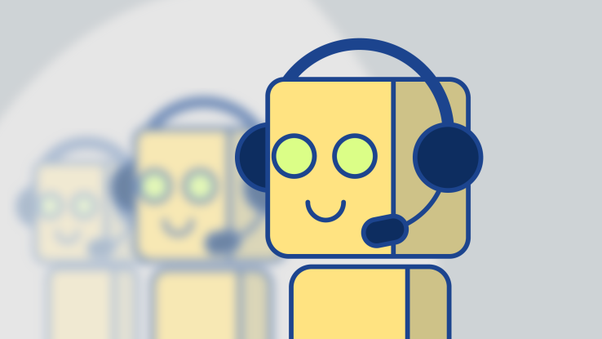Information is only for a few countries in the world as valuable as in Estonia with its 1.3 million inhabitants. The small country in Eastern Europe is still the only country that enables citizens to vote via the internet (Cavegn, 2017). Additionally, all citizens possess an electronic ID-card in which their personal data is stored. Although doctors or civil servants can easily access this information, citizens can still decide what will happen with their data and in addition they get a message whenever someone tries to view their information. Every action leaves a digital trail which can be tracked via blockchain technology. Also, Estonia was one of the first countries to adopt a digital tax and electronic banking system. It’s safe to say that data and connectivity play a huge role in the Estonian society (Alonso, 2017).
So why is the rest of Europe not as progressive as Estonia? Politicians often fear that the rising involvement of technology in our daily life will help sustain tax evasion and privacy violations. They rather focus on the disadvantages and fail to see the opportunities that digital life and commerce can produce (Herszenhorn & Plucinska, 2017). For instance, just recently Uber got banned in London (Cox, 2017).
On the other hand, Estonia strongly believes that Europe needs to catch up in the field of innovation. Nowadays the list of biggest internet companies only consists of American and Chinese companies. Estonia’s director of EU affairs, Klen Jäärats, said: “They’re not pessimists because they don’t see the potential of digital. They just exaggerate the risks. But this is life, anyway. Things are going online. It is happening and you need to be ready for that” (Herszenhorn & Plucinska, 2017).
The situation in Estonia shows the importance of information and how a country can benefit from this. If done right, combining information and technology can help make life easier for both citizens and governments. However, information is valuable and it needs to be handled with care to make sure that it does not fall into the wrong hands.
References:
Alonso, S. (2017, October 2). De EU mag wel wat harder rennen, vindt Estonia. Retrieved from https://www.nrc.nl/nieuws/2017/10/02/de-eu-mag-wel-wat-harder-rennen-vindt-e-estonia-13293644-a1575670
Cavegn, D. (2017, October 5). Why is e-voting available only in Estonian? Retrieved from http://news.err.ee/634456/why-is-e-voting-available-only-in-estonian
Cox, J. (2017, September 22). Uber London ban: App loses licence to operate in capital. Retrieved from http://www.independent.co.uk/news/business/news/uber-london-ban-live-updates-tfl-ride-hailing-app-prive-hire-licence-not-renewed-expires-taxi-a7960856.html
Herszenhorn, D. M., & Plucinska, J. (2017, September 28). Europe’s ‘e-believers’ brave skepticism in Estonia. Retrieved from http://www.politico.eu/article/europes-e-believers-brave-skepticism-in-estonia-digital-tech-summit-tallinn-eu/



